Are you tired of saying some day?
The number one excuse that I hear when it comes to writing family history stories besides not knowing how to start is how to find the time in what is usually an already busy schedule. There are so many other things that are probably demanding your time and attention, and while you agree that writing a family history is something you want to do and need to get started on, still so many of you are waiting for some time to free up on your calendar.
Ha! Not going to happen. You have to make it happen. So let’s get started.
1.Establish a deadline for your stories or book. It is a well-known fact that without a target date, goals just don’t happen. You need to set yourself a deadline or you’ll not only never start you’ll also never finish. Make that deadline public, announce it to friends and family. Be accountable for it. If not it’s just too easy to keep moving the date. Plan your deadline around an event such as a family reunion or an anniversary or birthday, events that have a finite finish line.
2.Create a to-do list. Make a list of everything you need to accomplish between now and the deadline for your book or stories. Plan to write one story a month, or a book by your next reunion. I use a great app called Asana, for outlining all my projects. Asana allows me to create a project, add a list of tasks and subtasks in the project along with target dates.
3.Identify when you are available to write during the week. Let’s be real. The writer in me tells you to write every day, but I know that’s not realistic for many of you. Instead, try to write for a minimum of 3 days a week. Try to make them consecutive days. It allows you to establish a momentum you just can’t get from stopping and starting every couple of days.
4.Schedule writing days on your calendar. You have to make writing a priority just like any other appointment on the calendar. Establish a time to work on your family history stories and don’t let anything or anyone infringe on that time.
5.Schedule your other life tasks and responsibilities. The best way to settle into a few hours of writing without being distracted is to make sure your other duties are also scheduled. This is a big one for me. Schedule others tasks like, housework, shopping, paying the bills, research. If you know, there is time on your calendar for these other tasks it makes it so much easier to settle into writing. You won’t feel guilty and be distracted thinking you should be doing the laundry.
6.Turn off the distractions. Can’t stress this enough, turn them all off, TV, Facebook, your cellphone, and yes even the landline. Close the door and write. No interruptions during this time.
7.Have a plan when you sit down to write. I firmly believe in plotting out a storyline in advance. It provides you with an outline for what you need to write, no guess work involved. You know the beginning, middle and end of your story. Each day you should know exactly what you need to write next. This will make your writing time extremely productive and efficient.
8.Establish a workflow. Be organised, have a workflow in place, with research close by, don’t waste your writing time looking for a date and finding your sources.
9.Don’t think you have to write your entire family history. If you think in small ancestor profiles, and schedule one or two a month think what you’ll have accomplished in a year’s time. Enough to fill a book.
10.Find a writing partner or group. Writing groups will help keep you accountable to your schedule and deadlines. When you have someone like a partner or group you become committed to the process, you write more, your writing skills grow and you are more likely to meet your deadlines. Look at your local library or genealogical community to find a group. Or better yet, start a group with some of your genealogy buddies.
11.Believe that you deserve this in your life. Writing is an excellent expression of your creative side and personal development. Invest in yourself by giving yourself the time and skills to write. Think about it like exercise or planning nutritious meals, we make time for them because we know they are good for us. Writing is good for the soul and your family history. Don’t deny yourself this opportunity. When you make writing a family history a part of your life, it becomes equally about the journey as it does about the destination.
Bonus: Take a writing course.
Writing courses not only help you to develop your skills but through the exercises, you can finish a story or two and get some practice and feedback. Writing courses will offer the motivation to move your writing to a higher place on the priority list in your life. But we might be a little bias when it comes to that suggestion!
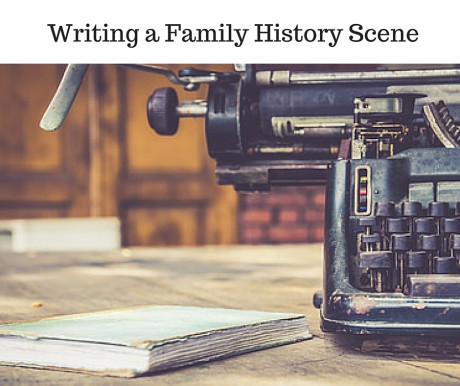
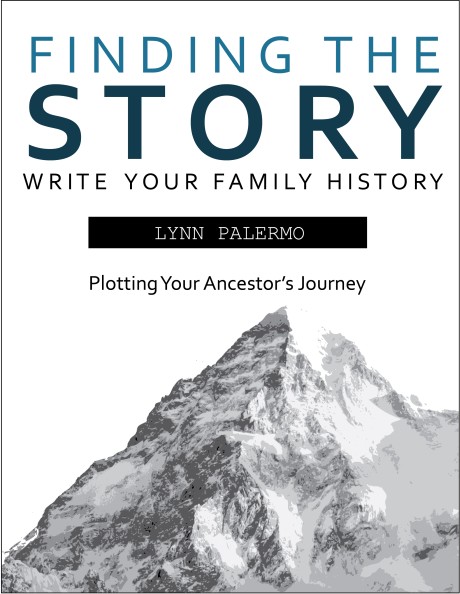
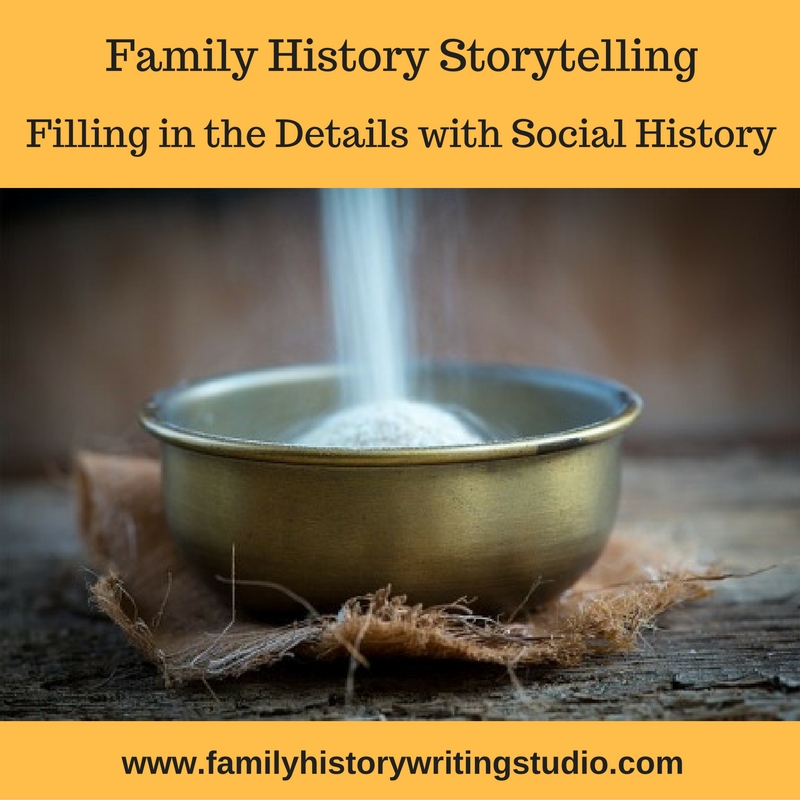
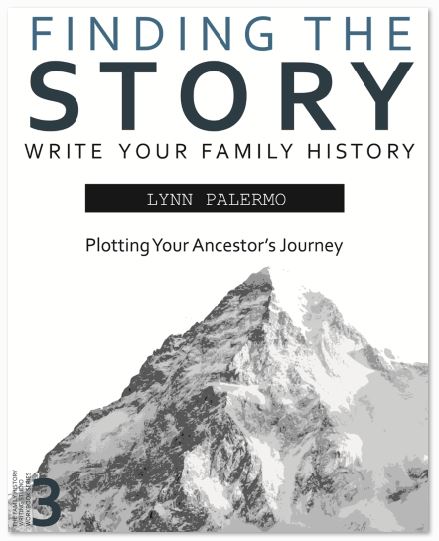
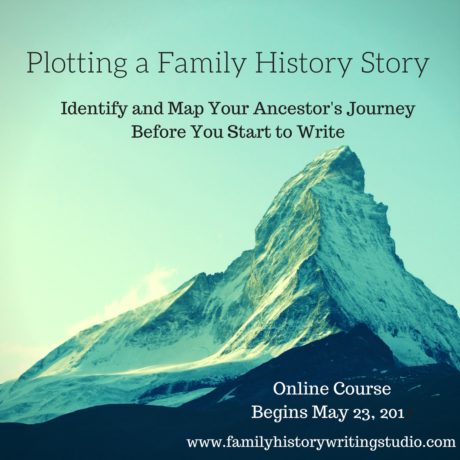
 entertaining stories. The real learning comes in building scenes. I wanted to help writers acquire those practical skills of scene writing so I created an online workshop,
entertaining stories. The real learning comes in building scenes. I wanted to help writers acquire those practical skills of scene writing so I created an online workshop,